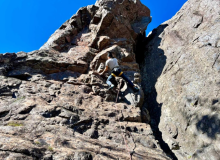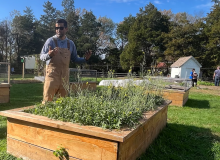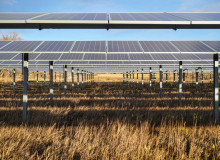Latest
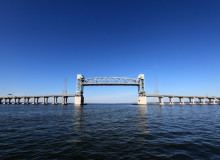
(Tom Saunders/CC BY-NC-ND 2.0)
George Washington University
In this podcast, I interview three leaders from various industries about multilateral approaches to sustainability policy and the different ways that considerations for the planet, our people, and prosperity should inform these decisions.
Indigenous Correspondents Program | University of Arizona
In this podcast, Nadira Mitchell, a Diné student studying natural resources and wildlife conservation, weaves an oral story about snails in the Sonoran desert, Diné culture, traditional ecological knowledge, and science.
Michigan State University
Rock climbing as a sport is gaining popularity in America and around the world. Can outdoor climbers fill an important role as environmental stewards and conservationists?
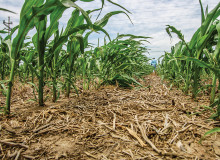
(Courtesy of No Till Farmer Magazine)
Northwestern University
Employing no-till practices, farmers in the Midwestern United States and Europe are finding profit and efficiency by opting to let the soil in their farms remain undisturbed prior to planting.
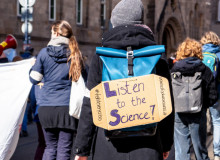
(Mika Baumeister/Unsplash License)
Planet Forward Correspondent | Texas Tech University
In this podcast, Planet Forward Correspondent Katie Perkins chats with media psycholoigst Asheley Landrum, Ph.D., about science communication, conspiracy theories, and the power of awe.
George Washington University
In this photo essay, learn how one non-profit focused on sustainable agriculture is addressing the issue of food deserts in Washington D.C.
University of Colorado Boulder
Scientists, drought-stricken farmers, and politicians on both sides of the aisle are expressing increasing interest in solar agriculture.
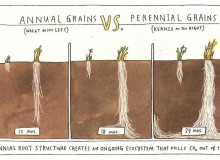
Standard annual grain roots vs. perennial grain roots of the Kernza grain. (The Land Institute/CC-BY-NC-ND)
Michigan State University
Perennial grains will change the agriculture landscape as we know it and take us one huge step closer to halting climate change.
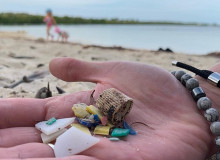
Plastics such as these can be found littering beaches across the world, a visible reminder of the destruction left in the wake of human progress. (Ocean Blue Project/CC BY-SA 4.0)
George Washington University
This article makes policy recommendations and compiles information that is integral in understanding and addressing plastic pollution.
SUNY Environmental Science and Forestry
Durand-Eastman beach has been closed in the past due to pollution, will it be inaccessible in the future due to climate change?

